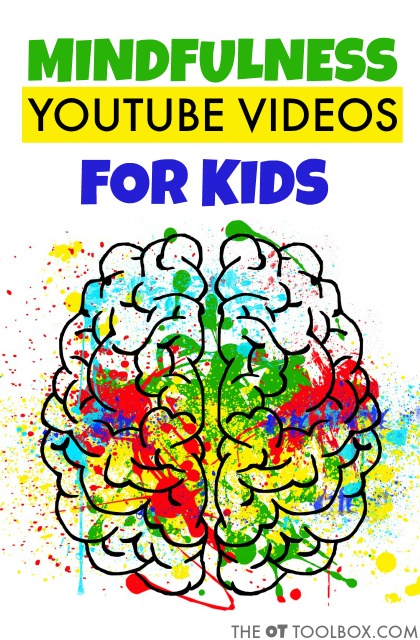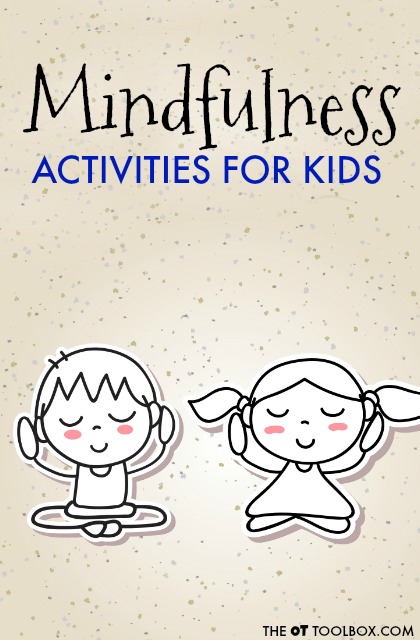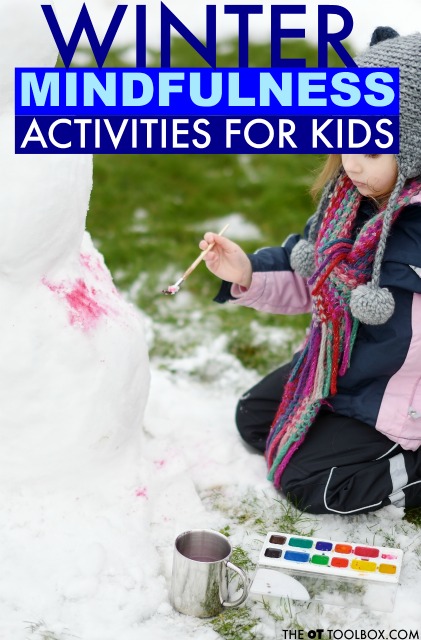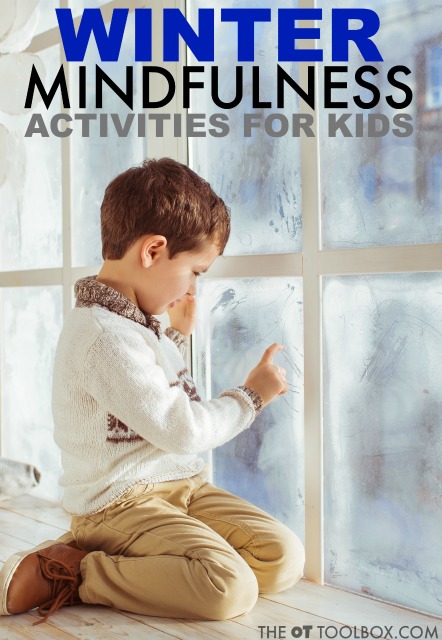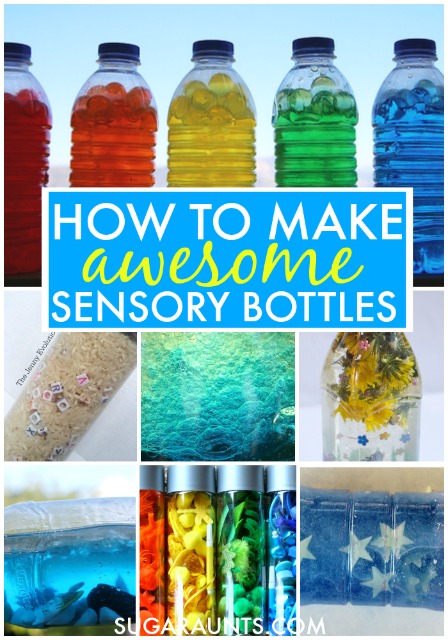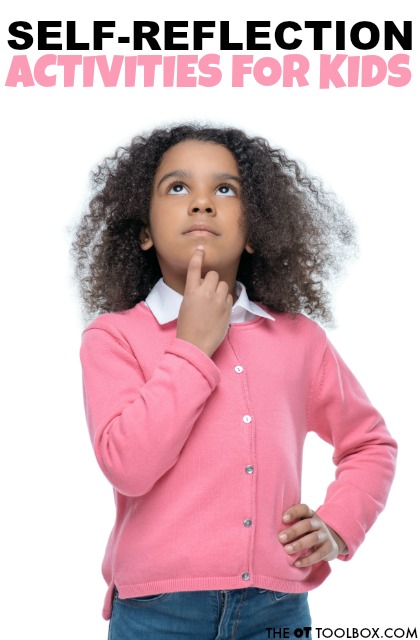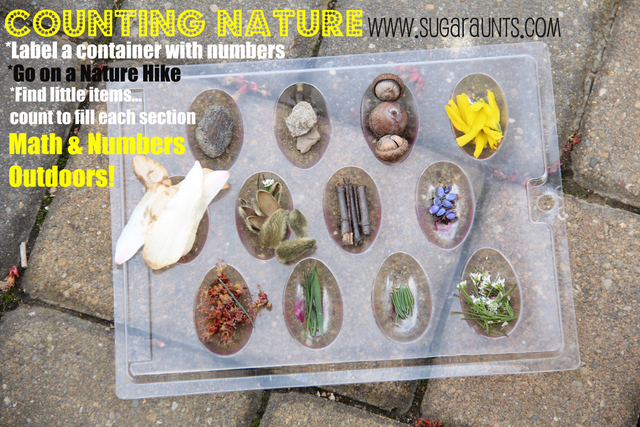This blog post on mindfulness for kids is so important because being mindful is something that we all struggle with, maybe more than ever. I know that I personally struggle to be mindful and present in the moment a lot of times. That phone is just always there with it’s notifications! But, I am trying to be more mindful during the day to day tasks, and I want to teach my kids this as well.
Just like me (and you…all of us), kids of all ages can benefit from mindfulness activities. After all, they are our future! In fact, mindfulness for kids can be a creative way to address common concerns in learning and helping children with attention, self-regulation, self-awareness, coping skills, and concentration.
Mindfulness Activities
Mindfulness activities can be a way for kids to be more present in the moment, and more aware of themselves in every situation, including in the home, in the classroom, and while performing everyday activities. Here, you’ll find fun mindfulness activities and mindfulness exercises kids will love. Use these as ways to address attention and emotions. The best part is, mindfulness isn’t just for children…the self-awareness activities listed here can be used by older kids, teens, and adults!
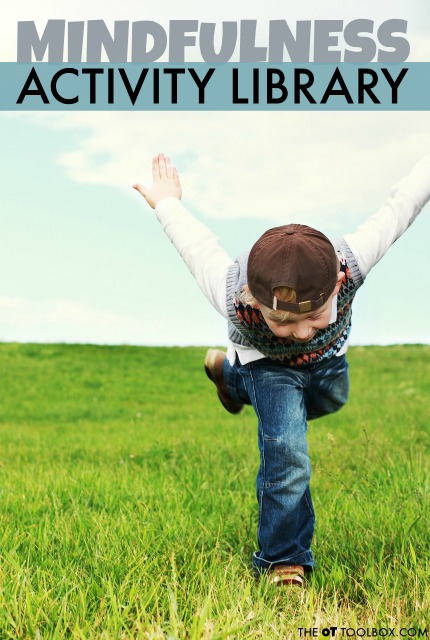
Mindfulness for Kids
First, check out some of our mindfulness tools here on the website. Read here to understand more about what mindfulness is and some fun mindfulness activities that can be used in the classroom or home.
There is much research on the impact that mindfulness activities have on learning, attention, social-emotional skills, cognition, and overall well-being.
Here is a library of activities and exercises to help with mindfulness in kids:
For themed mindfulness ideas, try these winter mindfulness activities that incorporate movement, awareness, into coping strategies for kids.
Sensory mindfulness strategies
Sensory input has a huge role on our mindfulness. For example, the sensory input we experience controls what our thoughts are drawn to. This impacts actions, behaviors, words, etc. We cover this concept in detail in our blog post on sensory and attention.
Use a sensory bottle to help with calming, self-regulation and an awareness of self. Here is information on How to Make a Sensory Bottle.
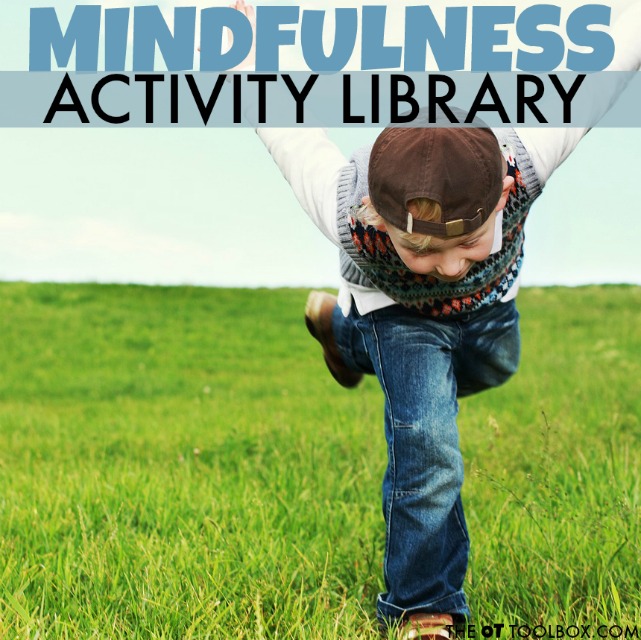
Mindfulness for self reflection
Try these self-reflection activities for kids. Self-reflection is a mindfulness tool that can help kids with self-regulation, knowing what coping strategies to pull out of their toolbox, how to act with impulse control, how to better pay attention, how to improve executive functioning skills, and how to function more easily.
Additionally, self-reflection pays a part in mindfulness. If we are practicing attentiveness in the moment and attending to internal and external experiences, we can self-reflect on what worked, what didn’t work, and how to make things work better next time.
One way to foster an awareness of self is by conducting an emotions-check in as well as a feelings check in. Both can offer information about how various outside stimuli or thoughts impact our overall wellbeing and mindset.
Holistic Mindfulness
I am an occupational therapist, and because of my background in OT, I love to consider the “whole being” when it comes to function. By that I mean that there is a holistic component to wellness and being mindful of how it all plays together to allow us to do the things we need to do each day is something we really nee to be aware of.
Mindfulness basically means having self-awareness, or being aware of ourselves in the world. When we get distracted by phones or other distractions, we lose that connection to the world around us. That’s how an hour on TikTok can slip away sooooo quickly!
Here’s how mindfulness contributes to holistic wellness:
Being Self Aware- Mindfulness means paying attention to the present moment. this might look like observing your thoughts, emotions, and body physical sensations…like noticing how you are chewing your food and how that food tastes. Or how your body reacts to a line of traffic when you are running late.
We cover a variety of self awareness activities to help with this, but other ideas include using meditation and mindful breathing to pay better attention to your thoughts and body.
Reducing Stress– everyone has stressors, but using mindfulness techniques can help with the emotional regulation needs. Things like grounding techniques are great! We actually just added some grounding technique printables into The OT Toolbox Membership Club!
Emotional Regulation– We have a great blog post on emotional regulation and executive functioning skills that explains how the emotions and being aware of how they impact our actions is SO closely related to executive functioning skills. Mindfulness helps us with emotional regulation in the thick of our day by so we can be intentional with our responses rather than having reactive impulses.
Physical Health Benefits– Mindfulness has been associated with many physical health benefits, including reduced cortisol (stress hormone), blood pressure, improved immune function, and better sleep hygiene.
SO, I hope this information has helped you see the benefits of mindfulness in kids, AND adults!

Colleen Beck, OTR/L has been an occupational therapist since 2000, working in school-based, hand therapy, outpatient peds, EI, and SNF. Colleen created The OT Toolbox to inspire therapists, teachers, and parents with easy and fun tools to help children thrive. Read her story about going from an OT making $3/hour (after paying for kids’ childcare) to a full-time OT resource creator for millions of readers. Want to collaborate? Send an email to contact@theottoolbox.com.



